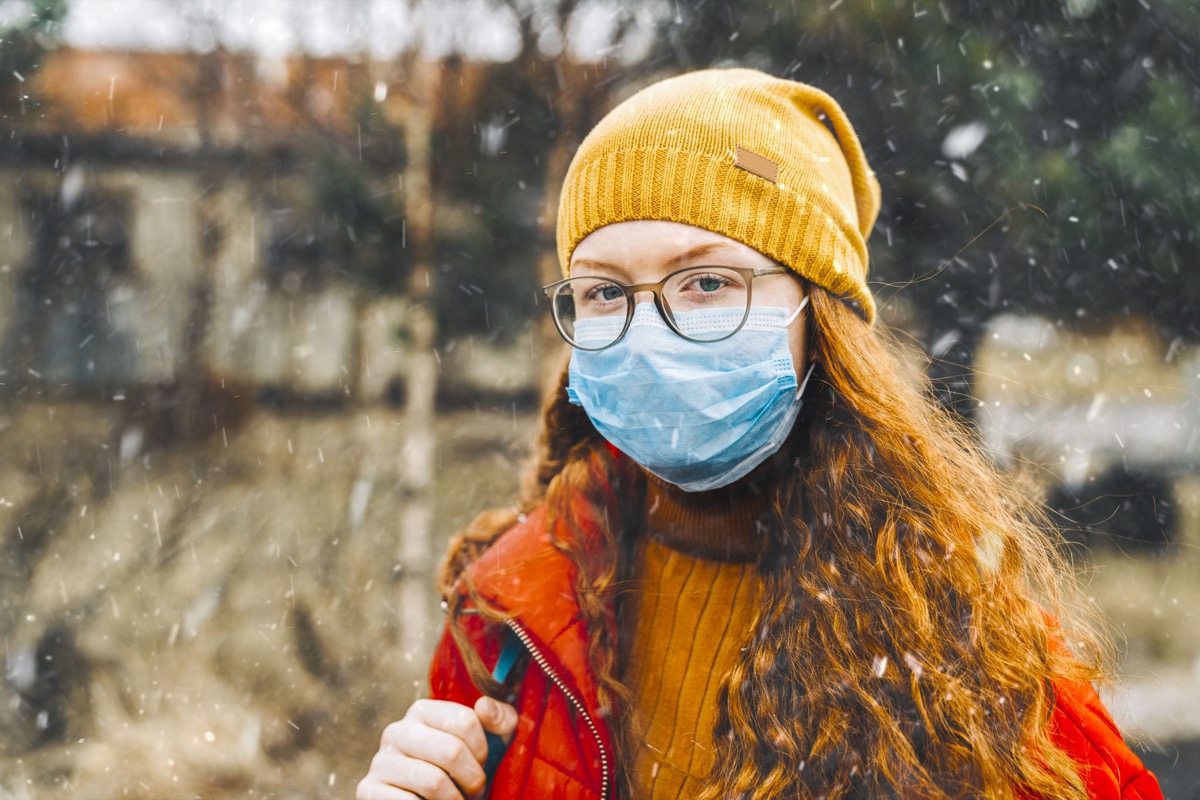New research out of Australia, which was published today in the journal Transboundary and Emerging Diseases, finds that there is a direct correlation with a drop in humidity and an increase in community transmission of the novel coronavirus. Results show that just a one percent drop in relative humidity can increase COVID cases by 7 to 8 percent, and a 10 percent drop in humidity would double the number of coronavirus cases in any given area.ae0fcc31ae342fd3a1346ebb1f342fcb “Dry air appears to favor the spread of COVID-19, meaning time and place become important,” Michael Ward, PhD, an epidemiologist at the University of Sydney and co-author of the study, said in a statement. “Accumulating evidence shows that climate is a factor in COVID-19 spread, raising the prospect of seasonal disease outbreaks.” The new research is the second study from Ward to uphold such findings, building upon evidence he found in May that atmospheric conditions can speed up or slow the spread of particles. “When the humidity is lower, the air is drier and it makes the aerosols smaller,” Ward said of the previous study. “When you sneeze and cough, those smaller infectious aerosols can stay suspended in the air for longer. That increases the exposure for other people.” RELATED: For more up-to-date information, sign up for our daily newsletter. However, higher humidity levels also pose another risk: Another new study published today in the journal Physics of Fluids found that potentially COVID-contaminated respiratory droplets can live up to 23 times longer in high humidity. That’s why in June, Erin Bromage, PhD, an associate professor of biology at the University of Massachusetts, Dartmouth, told CNN that there’s a sweet spot when it comes to humidity. “There’s sort of a ‘Goldilocks’ zone for the coronavirus, between 40 and 60 [percent] humidity, where it doesn’t survive for very long,” Bromage said. And for more on the weather and COVID, check out Dr. Fauci Just Confirmed That This One Thing Kills Coronavirus.
